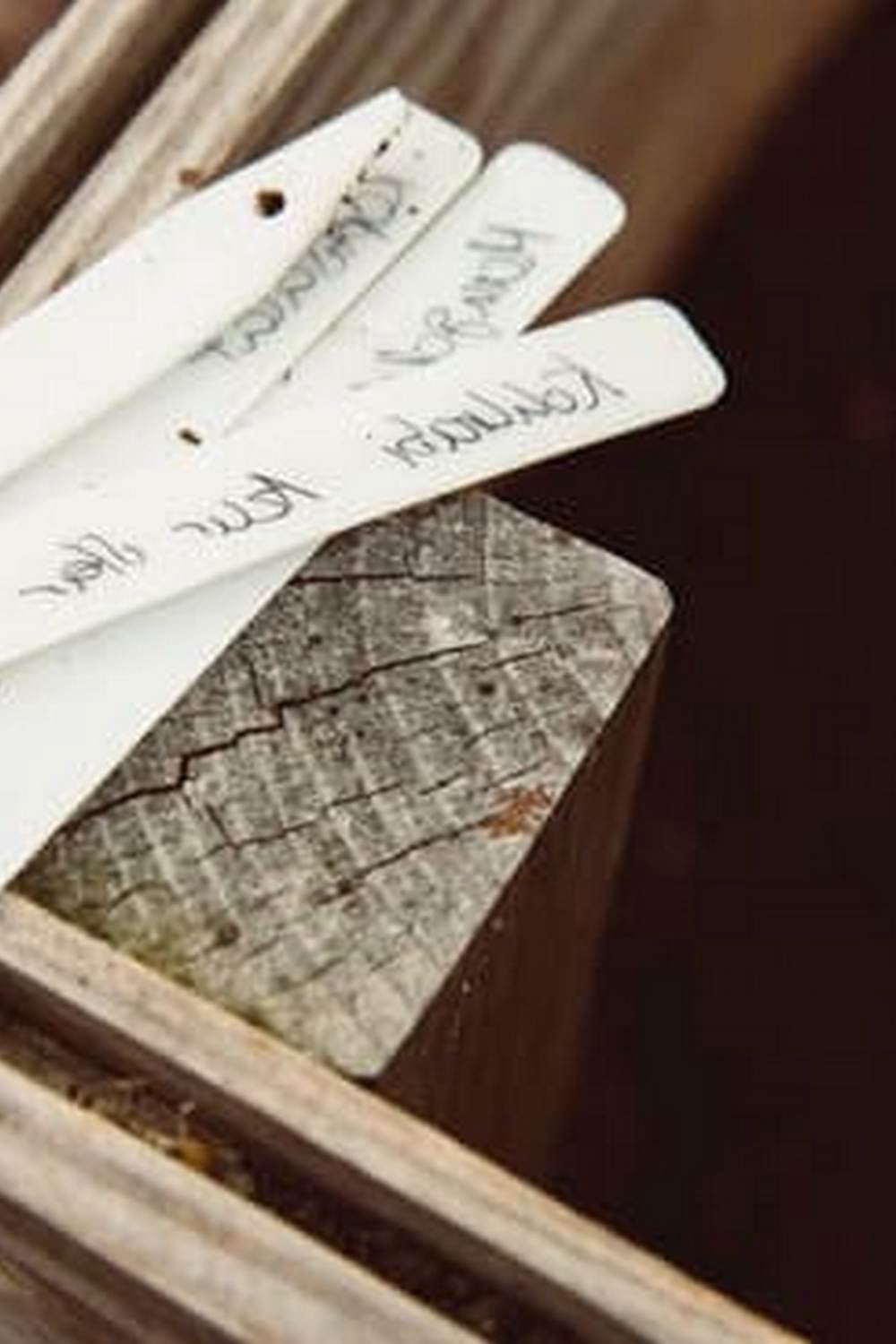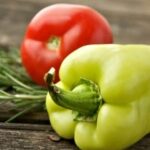Introduction
Straw mulch is an organic garden mulch that is composed of dry plant residue such as grass clippings and straw from cereal crops (rye, oats, barley). It is typically used for vegetable gardens because of its numerous benefits. Straw Mulch works to conserve water by keeping the soil beneath it cool and preventing the sun’s rays from evaporating the precious moisture in the soil. In addition, it helps to reduce weed growth, due to its thick composition blocking sunlight from weeds below. Lastly, Straw Mulch will help add nutrients back into the soil as it breaks down over time. These benefits make Straw Mulch a great choice for vegetable gardeners looking to save time, effort and money while reaping an abundant harvest!
Benefits of Using Straw Mulch in Vegetable Gardens
Using straw mulch in vegetable gardens is an effective and economical way to conserve water, reduce weeds, and keep soil temperatures consistent. When properly applied, straw mulch can protect plant roots from extreme cold in the winter and heat in the summer while retaining moisture levels in the soil. It also helps to keep soil nutrients from washing away with water runoff. More importantly, straw mulch can be used as an effective weed-control measure. Applying a layer of straw efficiently eliminates weeds such as crabgrass by blocking the light they need to grow. Finally, mulching with straw will provide a pleasing aesthetic benefit as it adds texture and color to a garden beds.
Types of Straw Mulch to Choose From
Straw mulch is a popular choice for vegetable gardens. It provides effective weed control, helps retain moisture in the soil, and adds organic material to enrich the garden soil. When using straw mulch in the vegetable garden, it is important to choose the right type of straw for your needs.
Wheat or oat straw are two of the most common types of straw used for mulching vegetable gardens. Wheat and oat straw have a tight, dense structure that helps prevent weeds from sprouting through the mulch layer. The tight nature of this type of straw also helps reduce water loss from excessive evaporation due to its ability to form an effective barrier on top of the soil. Wheat and oat straw both add small amounts of nutrients as they decompose and provide beneficial insects with a good place to shelter and lay eggs.
Hay is another option to consider when mulching your vegetable garden with straw. Hay has more nutrient content than wheat or oat straw, so it breaks down more quickly in the garden. While this can provide some additional nutrients to the soil, it can also lead to excessive weed growth since hay has more air pockets between its fibers which can allow plant seeds access to light and moisture needed for germination. As such, it may require more frequent weeding compared to other types of straw mulches.
Finally, barley or rye straw can also be used for mulching vegetable gardens if these grains are grown locally in your area. Both these types have an even denser texture than wheat or oat which offers excellent protection from weeds sneaking through the mulch layer when applied thickly enough, however their high lignin content makes them break down slower meaning that barrels or rye may need to be replenished less often than wheat or oats when used as a long-term mulching solution for a vegetable garden bed
Preparing Your Vegetable Garden for Straw Mulch Application
Before applying straw mulch to your vegetable garden, it is important to properly prepare the soil. Begin by loosening up the soil to a depth of approximately 8 inches and eliminate any large clods or debris. If needed, add some nutrient-rich compost or fertilizer and mix it in thoroughly. Additionally, remove any weeds from the space as they can hinder healthy growth among your vegetables. Once this preparation is complete, you should rake the soil lightly so that it holds an even surface with no significant dips or holes. Now your vegetable garden is ready for the application of straw mulch.
How to Layer, Spread and Stabilize Straw Mulch
Laying straw mulch in your vegetable garden can help to protect the soil and suppress weeds. For best results, start by spreading 2-4 inches of straw mulch over the top layer of soil. This amount should be enough to suppress weeds, but thin enough to allow water and nutrients to reach the roots of your vegetables. After adding a thick mat of straw, use a rake or your hands to establish an even layer.
Next, use stakes or netting to secure the straw in place so that it doesn’t move or float away with heavy rains. You can also add weight on top of the netting such as stones, bricks or other objects for added stability. This will help keep the mulch secured for months at a time without losing its effectiveness. Finally, you will want to water your entire vegetable garden and then using your hands work some of the top layer of straw into the soil surface around all plants. This helps maintain moisture while discouraging weed growth in and around each plant bed.
Tips and Techniques for Keeping Your Straw Mulch Healthy
Straw mulch can be a great way to nurture your vegetable garden. It helps retain moisture in the soil, keeps weeds away, and provides protection from extreme temperatures. Here are some tips and techniques for keeping your straw mulch healthy:
1. Apply a generous layer of straw mulch around your plants – at least four inches deep – every spring or before planting crops. This will help to maintain soil temperature and suppress weed growth.
2. Avoid using any type of chemically treated or dyed straw in your vegetable garden, as it could be harmful to plants.
3. As needed, add layers throughout the growing season to replenish your mulch that may have decomposed over time.
4. If you notice areas of the garden where there is an excessive amount of decomposing straw or moldy patches developing, make sure to pull out those pieces and replace them with new ones so that fungi do not spread throughout the entire area.
5. Make sure to remove wet or matted down strands from time to time, as this can create a perfect environment for pests such as slugs and snails.
6. When adding more layers of straw at the end of the season, use a few inches of compost material first before topping off with straw so that nutrients return back into the soil when you till it in the springtime for replanting crops again.
Troubleshooting Tips to Overcome Common Challenge with Straw Mulch
Mold and Mildew: Mold and mildew can form on the surface of straw mulch, which is caused by too much moisture. To prevent this, make sure to (1) spread the mulch less thickly and (2) allow the soil underneath to dry out between waterings. Additionally, as needed, you may want to rake or fluff up the top layer of straw mulch every few weeks so that it has an even spread and more air circulation.
Insects: Insects such as pill bugs, centipedes, slugs, ants, earwigs and beetles may be attracted to mulch made from straw. For this reason, you may want to spray some insect repellents around your vegetable garden from time-to-time or use another type of mulch that is not as attractive for these critters.
Weeds: Occasional weeds may also grow along with your vegetables in a straw mulched bed. Thankfully though you can easily remove them by simply pulling them out or running a hoe over them gently before they have a chance to spread their seeds.
Summary
Using straw mulch in a vegetable garden has many advantages. It helps to keep soil moist and can suppress weed growth, reducing the amount of manual labor needed to maintain the garden. Straw mulch is also attractive and adds beneficial nutrients to the soil. With proper installation, it helps regulate soil temperature, retaining moisture while allowing air and water flow. Furthermore, it greatly reduces erosion due to its ability to help hold soil in place during heavy rains or strong winds. Another benefit of using straw mulch is that it eventually breaks down over time and decomposes into valuable organic matter that provides essential nutrients to the plants in the garden. This process prevents soil depletion and keeps plants healthy by providing trace amounts of nutrient-rich materials. Additionally, straw mulch also helps promote beneficial insects, such as earthworms that further enrich the soil with their activity and provide extra aeration for better oxygenation of root systems in vegetables. As such, using straw mulch for a vegetable garden can be highly beneficial for all involved!

If you’re looking to get into vegetable gardening, or are just looking for some tips on how to make your current garden better, then you’ve come to the right place! My name is Ethel and I have been gardening for years. In this blog, I’m going to share with you some of my best tips on how to create a successful vegetable garden.





